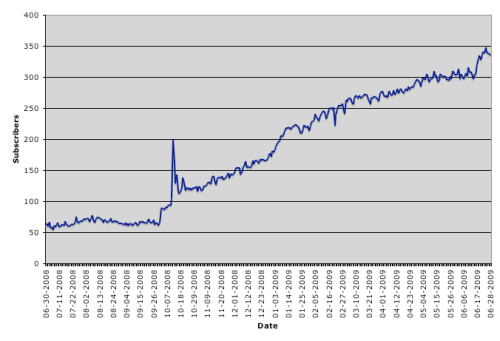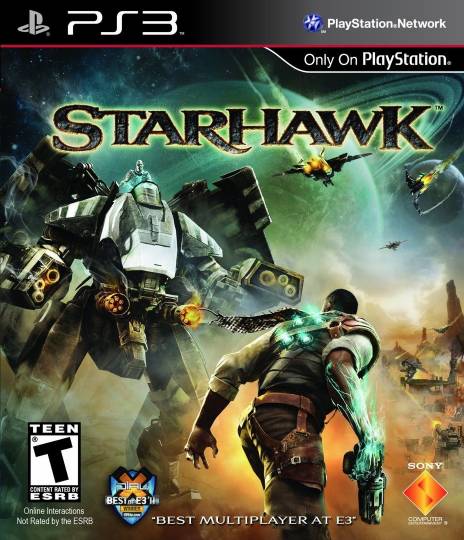The project that became Norwegian Wood began in late April of this year. With school winding down and the weather heating up, I felt the itch to tackle something new. By chance I had met a number of like-minded people over the winter; students with big ideas and aspirations of working in the game industry. Inspired by this collective potential, I decided to reach out to my local friends and colleagues about coming together to make a game over the summer.
The response was overwhelming; of the nine people I had e-mailed, seven of them were interested in participating. The project was suddenly much larger than I had anticipated, but I didn’t have the heart to turn anyone away. The eight of us (Kira Boom, Thomas Hibbert, Phil Jones, Renaud Bédard, Alex Charlton, William Mitchell, Kyle Sama and I1) formed the facetiously titled collective No Fun Games.





